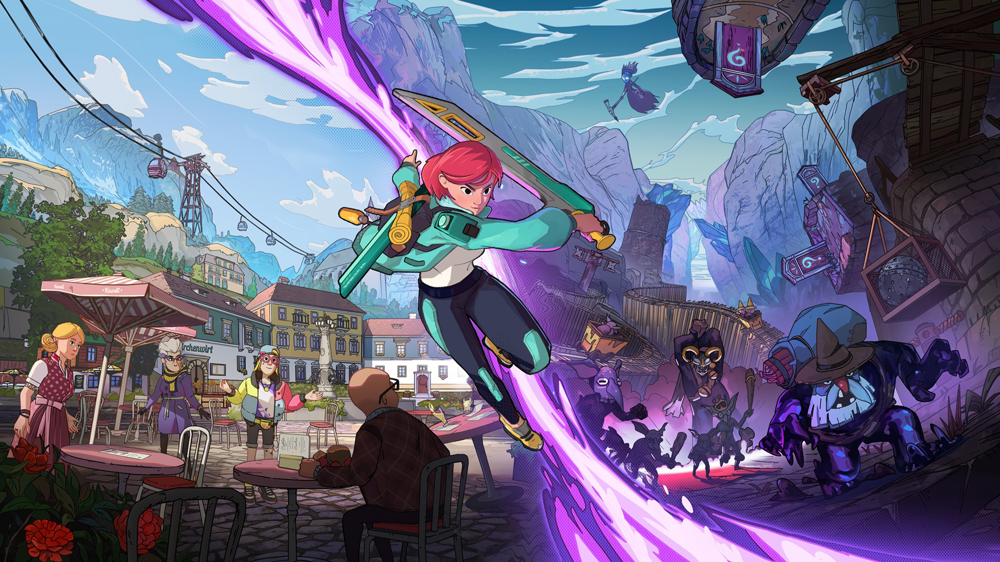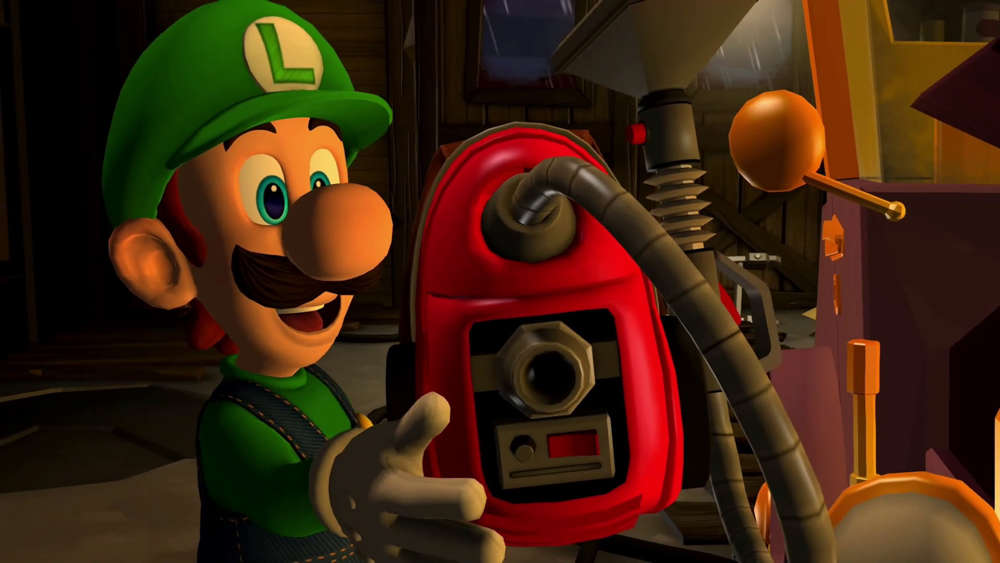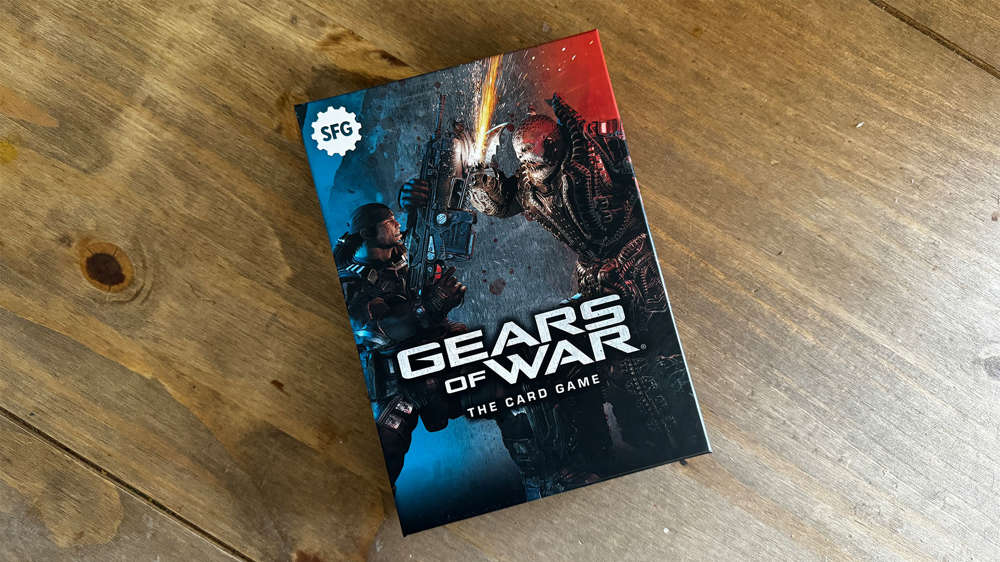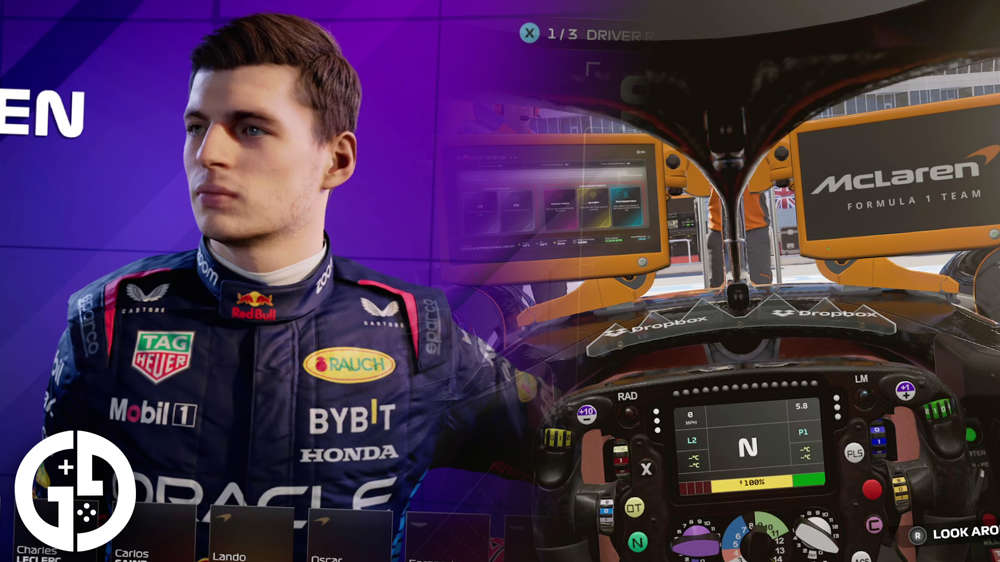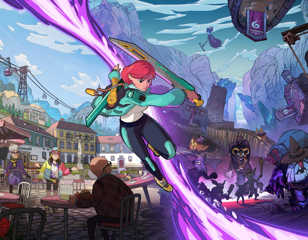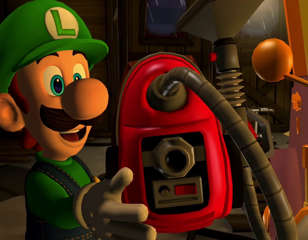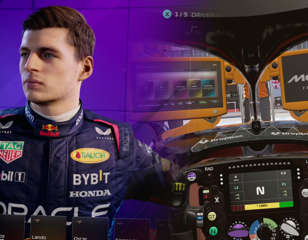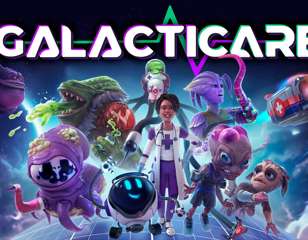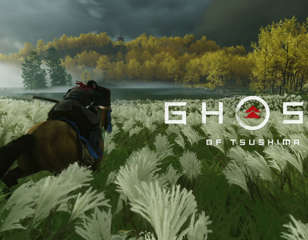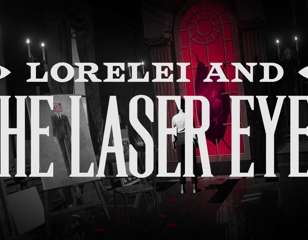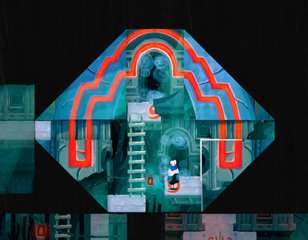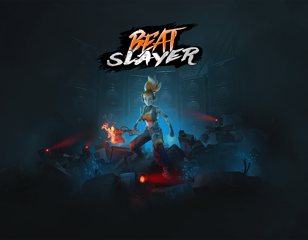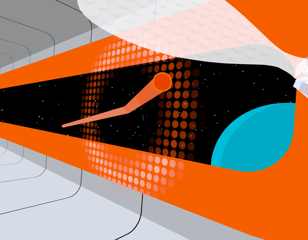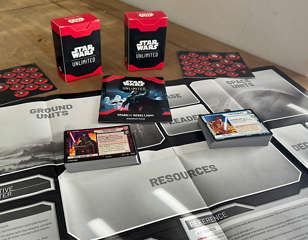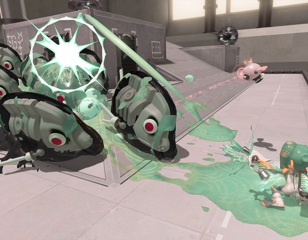Hyperviolent review: Nostalgic shooter still has fresh ideas
Check out our review of Hyperviolent, a new retro shooter that draws inspiration from the survival horror genre.
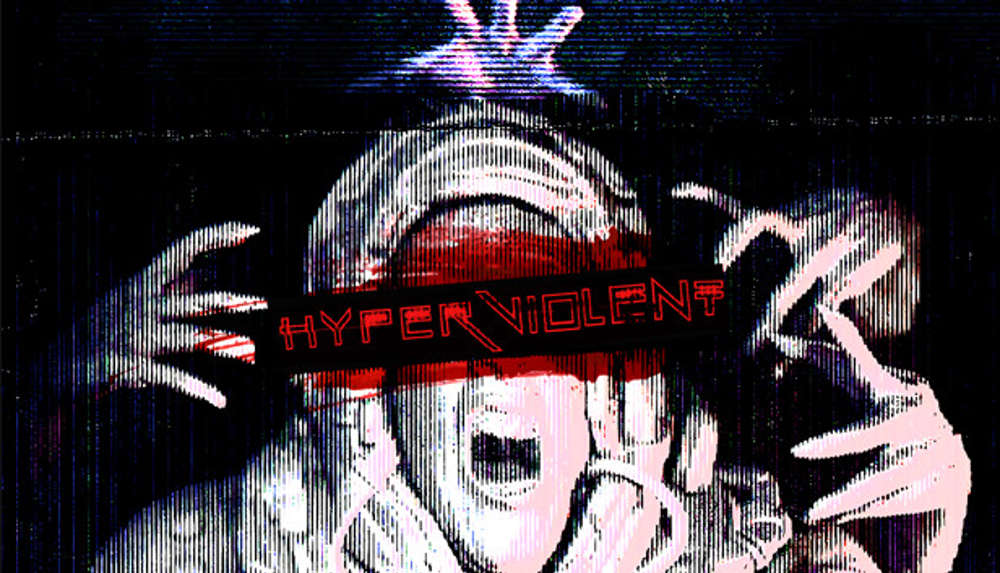
The past few years have seen a renaissance for the boomer shooter, a subgenre that takes its main points of inspiration from the fast-paced, blood-fueled, retro shooters of the 90s like DOOM and Quake.
While plenty of games have taken up the mantle that was left behind over twenty years ago with marginal changes, a new wave of boomer shooters have emerged which look to push beyond the often narrow confines of the genre. Despite being rough around the edges and lacking some polish, Hyperviolent is a promising title that's riding this wave into an upcoming early access release.
In space, no one can hear you reload

Hyperviolent is ostensibly a retro shooter at the core, but it combines the key aspects of the genre with the stylings of survival horror and a structure closer to Half-Life than DOOM. The game takes place on a remote mining asteroid in space, where an ancient evil has been released, turning the workers into twisted monsters. You take the reins of a pilot who has found themselves trapped in the facility after answering a distress signal, making your mission a straightforward quest of getting the hell out of there.
From the beginning, the horror elements of the game stand out and inform the crippling atmosphere. Before even finding a weapon to defend yourself, the first piece of equipment you'll pick up is a flashlight, serving as an effective reminder that this isn't your daddy's retro shooter. Combining horror with retro shooters is hardly a new idea (DOOM did it back when it birthed the whole genre), but Hyperviolent firmly balances elements of survival horror with the moment-to-moment shooting gameplay to create something that feels unique.
The enemies will often surprise you from behind corners and dimly lit areas, leading to a few dynamic jump scares when I didn't effectively clear a room. There's inventory management thanks to a limited space to store weapons, health items, and upgrades, forcing you to choose what weapons to pick up and leave behind. There are even set save points in the levels, giving you no room to manually save, and as the difficulty level is bumped up, resource management becomes more of a focus as ammo becomes more scarce.
These aspects aren't always implemented perfectly though, with the enemy AI being a standout example of where the game's horror vibe can be ruined. Enemies easily get stuck in doorways, and many times they'll try to take a direct approach, leading to them walking into the wall of the next room endlessly. Considering the efforts of the developers to key in on the horror elements, I also found boss fights to be severely disappointing. The two available in the early access build just place you in a room with them as you strafe around, firing off all your ammo. They felt like normal enemies with larger health pools, not special encounters that put an exclamation point on a particular section of the game.
Breaking from convention

From a structural perspective, forgoing the meta progression often associated with boomer shooters is also an effective choice to bolster the horror atmosphere and focus on the narrative. Retro shooters are often straightforward in this way, with each level ending with a screen that tallies your kills, total time, and the secrets you found.
Hyperviolent eschews this design by having each level logically lead into the next, usually with an elevator or clearly defined boundary point. Aspects like secrets are still here, but they aren't announced with a "secret found" text pop-up, you just get given them, making them feel more like natural parts of the environment.
There are still the classic trappings of the genre, with some levels having you collect coloured keycards to open specific doors, but the game will also lean into more involved ways to progress. For example, letting you read data pads and computers to find and then input door codes, which feels very organic and right at home with the more grounded approach. It's worth noting that the level design can suffer from a lack of clarity though, and there are occasions where you'll feel lost, which is always a frustrating feeling as it kills the pacing.
A bloody pulp
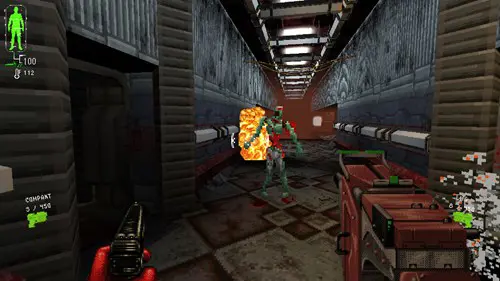
A violent game needs style to sell the violence, and Hyperviolent takes the approach of combining 2D pixel sprites with low-polygon 3D environments and objects. Enemies and weapons are all 2D, which has the effect of making combat feel punchier thanks to the gorgeously rendered death animations, where they explode in showers of blood and viscera. The combination feels natural, and the developers manage to keep the aesthetic uniform despite the change in dimension between the environment and those that inhabit it.
With all that said though, Hyperviolent can be a little rough around the edges, and it took some time to grow on me. As someone who plays boomer shooters regularly, the movement was off-putting, to begin with. Moving the camera left or right causes the screen to tilt slightly for a moment, which can be hard to get used to for people who are sensitive to camera movement in games. The actual movement itself also feels a little too floaty, with the character sliding a point of a second too long after letting go of the movement keys.
Some players may not notice these issues at all, whereas, for others like me, they may be a barrier to your immediate enjoyment as you get used to the feel. None of these issues come close to how annoying the UI can be, though. Mouse movement in the inventory and when interacting with screens feels really imprecise, which can be a disaster when bringing up the menu during combat to change guns. These are small issues overall, but they do compound at certain points to make the experience feel worse than it should.
The Verdict

After spending a few hours with Hyperviolent, it's easy to see how its strengths will help set it apart in the boomer shooter market, with many of its best aspects coming from how it forgoes the traditional design of the genre. There are some problems that stop it from feeling like a consistently enjoyable experience, but the developers have laid a great foundation to build upon with some tweaks and alterations throughout early access.
3.5/5
Previewed on PC. Code provided by publisher.
Comments

